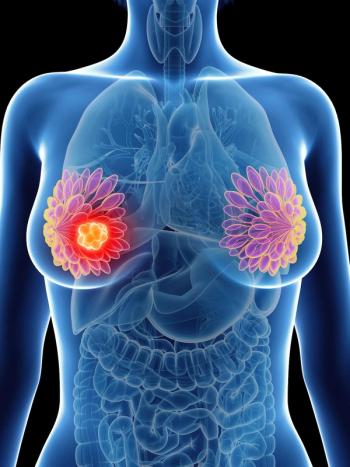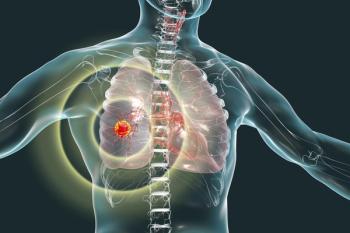
Five-Day IV Antibiotics Did Not Reduce Surgical Site Infections for Lower Extremity Bone Tumors
A 5-day prophylactic postoperative intravenous antibiotic regimen did not reduce the rate of surgical site infections vs a 1-day regimen and increased the risk of antibiotic complications for patients with lower extremity bone tumors.
The use of a 5-day postoperative intravenous antibiotic regimen increased the risk of clinically significant antibiotic complications and did not reduce the rate of surgical site infection for patients with lower extremity bone tumors, according to results from the phase 3 PARITY study (NCT01479283) published in JAMA Oncology.
For patients assigned to the 5-day regimen of postoperative intravenous antibiotics, surgical site infections were seen in 15.0% of patients compared with 16.7% of patients in the 1-day regimen group (HR, 0.93; 95% CI, 0.62-1.40; P = .73). Antibiotic-related complications were seen among 5.1% of patients in the 5-day regimen group and in 1.6% patients in the 1-day regimen group (HR, 3.24; 95% CI, 1.17-8.98; P = .02). Clostridioides difficile–associated colitis was the most common antibiotic-related complication observed.
“The 5-day regimen did not reduce the rate of surgical site infection compared with the 1-day regimen,” the investigators wrote. “Although the results of this randomized clinical trial do not definitively exclude an important benefit of postoperative prophylactic antibiotic therapy longer than 24 hours, the significantly higher risk of antibiotic-related complications in the 5-day regimen represents a critical finding.”
Eligibility required patients to be aged 12 years or older with a primary bone tumor or a soft tissue sarcoma in the femur or tibia, or oligometastatic bone disease of the femur or tibia. An expected survival of at least 1 year for patients who needed surgical management was also required.
Patient recruitment took place from January 1, 2013, to October 29, 2019, across 48 clinical sites in Canada, the United States, Argentina, Australia, Austria, Brazil, Egypt, India, the Netherlands, Singapore, South Africa, and Spain.
Patients were randomization 1:1 to either a 1- or 5-day regimen of intravenous cephalosporin, specifically cefazolin (Kefzol) or cefuroxime (Zinacef). Patients in the 5-day regimen group received a saline placebo for the remaining 4 days.
The primary outcome of the research was development of surgical site infections within 1 year of surgery. Secondary outcomes included antibiotic-related complications, unplanned additional operations, death, and oncologic and functional outcomes within a year of surgical resection.
A total of 604 patients were included in the study’s final analysis. The mean patient age was 41.2 years, and most patients were male (59.8%) and White (63.8%). Additionally, the majority of patients did not have systemic metastases (82.6%) and had a bone tumor (80.5%) located in the femur (82.1%). A total of 311 patients were randomized to the 1-day regimen arm and 293 were included in the 5-day regimen arm.
Unplanned additional operations were seen in 25.6% and 25.7% of patients in the 5-day and 1-day regimen groups, respectively (HR, 1.06; 95% CI, 0.77-1.46). Common types of additional operations included irrigation and debridement and implant exchange. Oncologic events (HR, 1.02; 95% CI, 0.75-1.39) and mortality (HR, 1.01; 95% CI, 0.64-1.58) results were similar between the 1-day and 5-day regimen groups.
“Clinicians should consider the uncertainty of the benefits and the relative confidence in findings of harm to make an informed decision on antibiotic duration after surgical resection and endoprosthetic reconstruction for lower extremity bone tumors,” the investigators concluded.
Reference
Prophylactic Antibiotic Regimens in Tumor Surgery (PARITY) Investigators. Comparison of prophylactic intravenous antibiotic regimens after endoprosthetic reconstruction for lower extremity bone tumors: a randomized clinical trial. JAMA Oncol. Published online January 6, 2022. doi:10.1001/jamaoncol.2021.6628
Newsletter
Stay up to date on recent advances in the multidisciplinary approach to cancer.


















































































